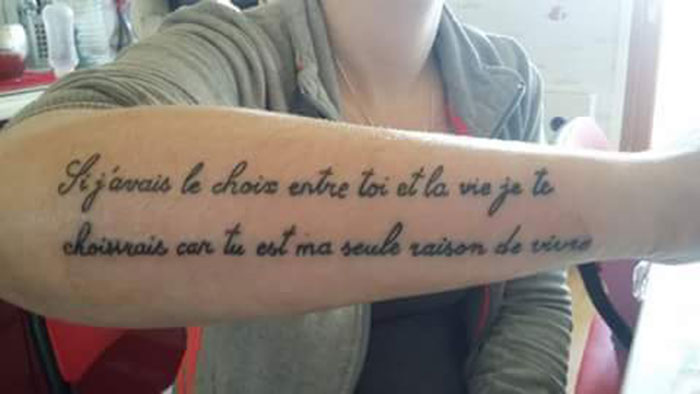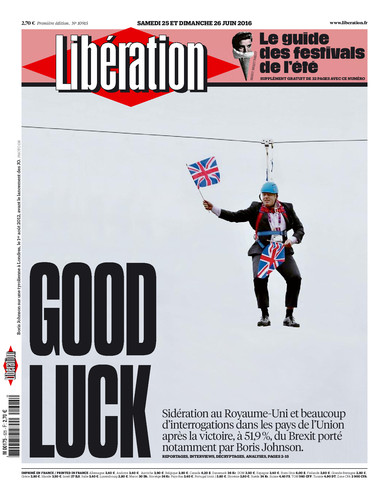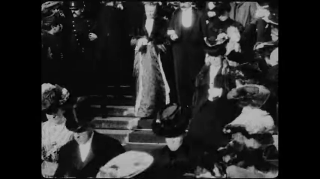
posted by Simon Kemp
You may have seen the above snippet of film in the news recently. It was discovered in the Canadian National Cinema Centre archives (full story here), and it comes from footage of a French society wedding in 1904. The wedding was that of Élaine Greffulhe, whose mother the Countess of Greffulhe, was a friend of the writer, Marcel Proust. She was also a possible model for the Duchesse de Guermantes, a character in his novel, A la recherche du temps perdu (In Search of Lost Time).
‘Might Proust have been present at the wedding?’ wondered Canadian academic Jean-Pierre Sirois-Trahan, as he examined the footage. ‘And might he even have been captured on the film?’
And there he is! He’s the man in the light coat and dark bowler hat, descending the stairs alone. Here he is to give you a better look: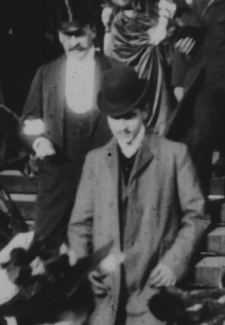
The film may not show us very much of him, and it’s not really going to tell us anything new (He could walk! Down steps!) or change anyone’s view of him.
But still, if you’ve spent hours and hours absorbed in his seven-volume, three-thousand-page novel…
…if you’ve spent so much time in his company, and listened to so many of the intimate thoughts of his semi-autobiographical narrator that you sometimes feel you know him better than you know many people in the real world…
…if he’s been a voice in your head, and a handful of still, sad-eyed photographs for a long while…
…then it’s a special little pleasure to see him walking down those steps, and it must have brought a smile to many people.
It’s fitting, too, that it should be Proust that this happened to. His novel opens with an exploration of the way that memories can lie buried within us for years, apparently dead and gone forever, until a chance event triggers their return. For Proust’s narrator it’s the experience of tasting a madeleine sponge-cake dipped in lime-blossom tea, creating a flavour he has not experienced since childhood, and which brings with it a sudden flood of memories of his youth.

In 1904, an early film camera caught a three-second glimpse of Marcel Proust, dressed to the nines and walking down sunlit steps in the company of the cream of French aristocratic society. For a century the film sat in darkness, gathering dust on a shelf in an archive. And now, by chance, it finds itself back in the light, restored to us across the years.





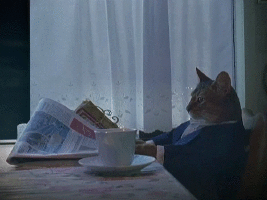 posted by
posted by 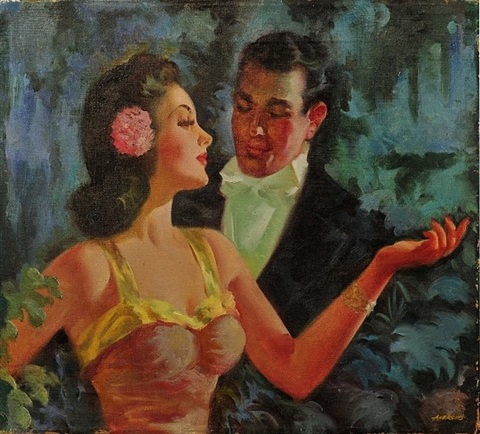

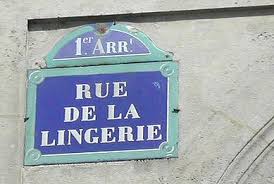
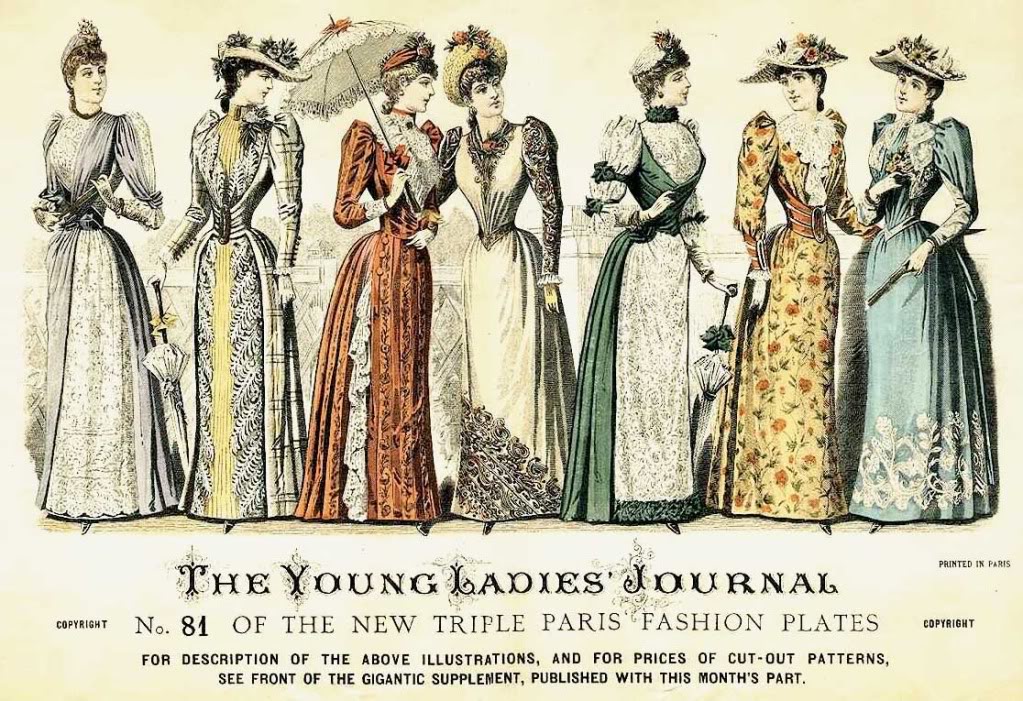

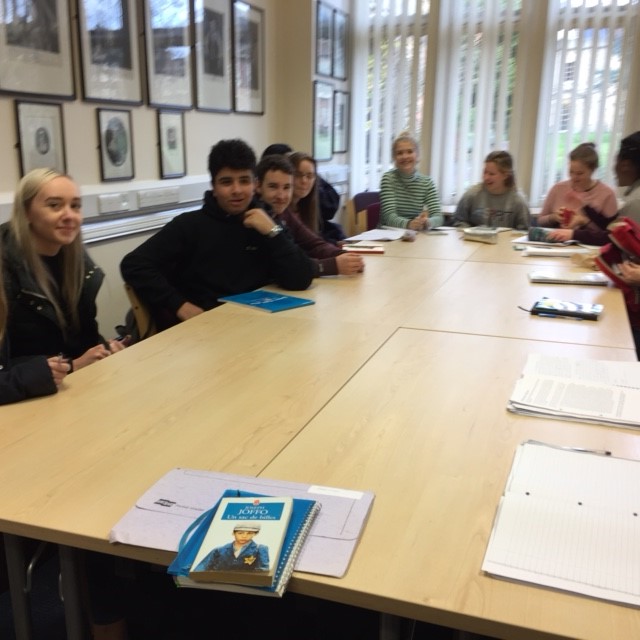
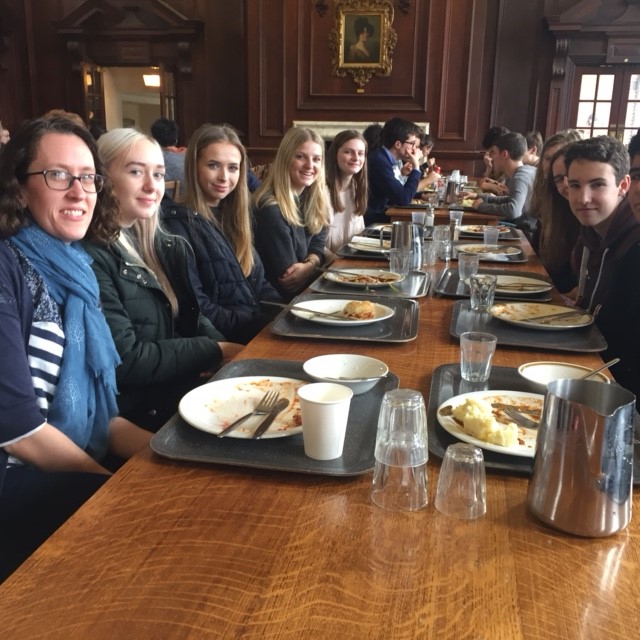
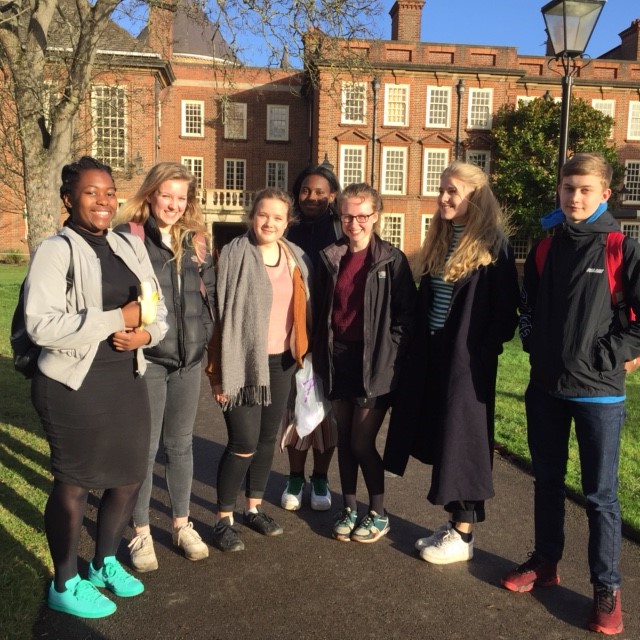
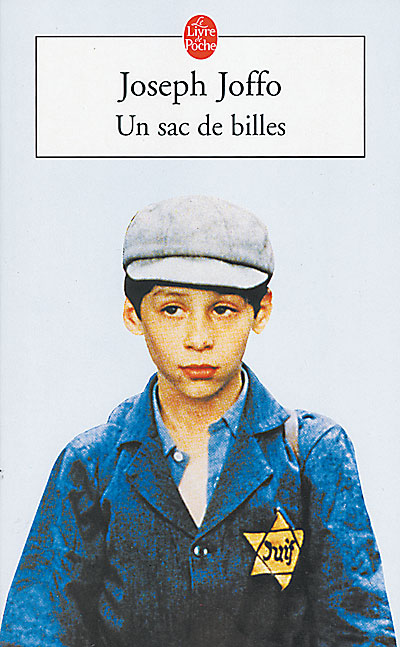



![photo [8485]](http://bookshelf.mml.ox.ac.uk/wp-uploads/2016/01/photo-8485.jpg)
